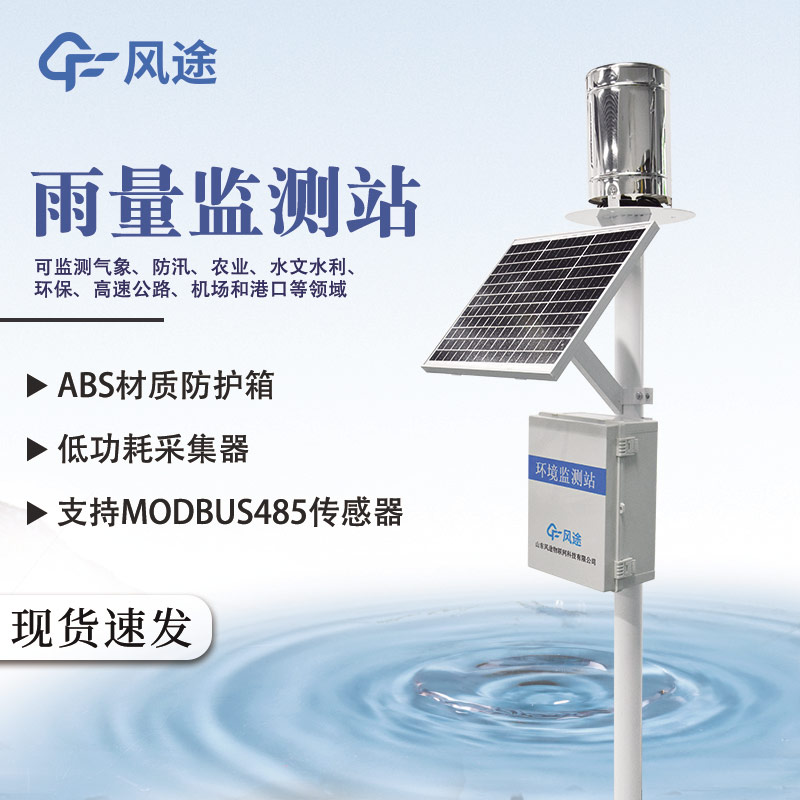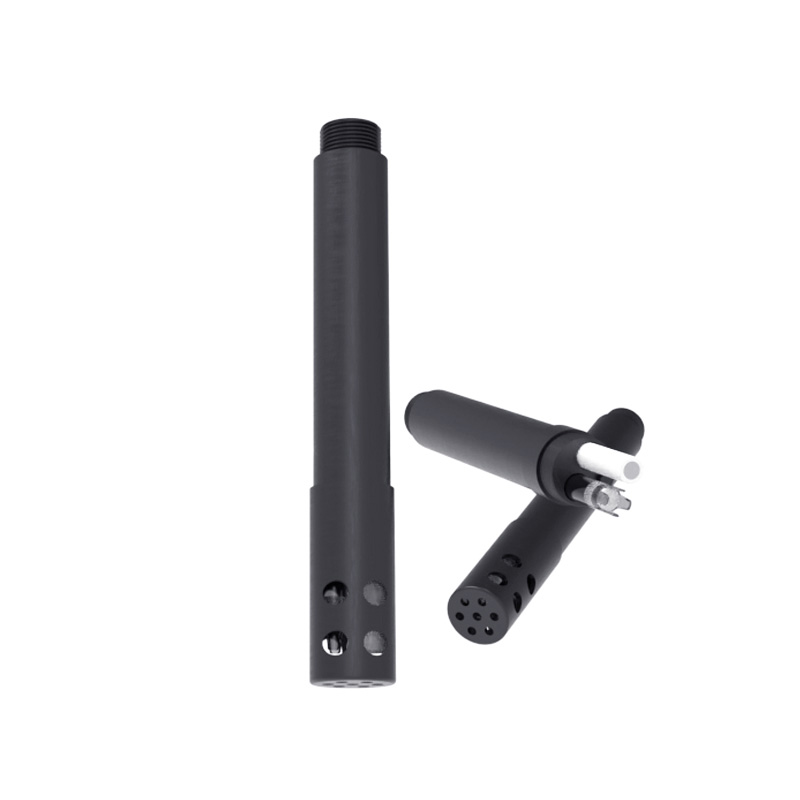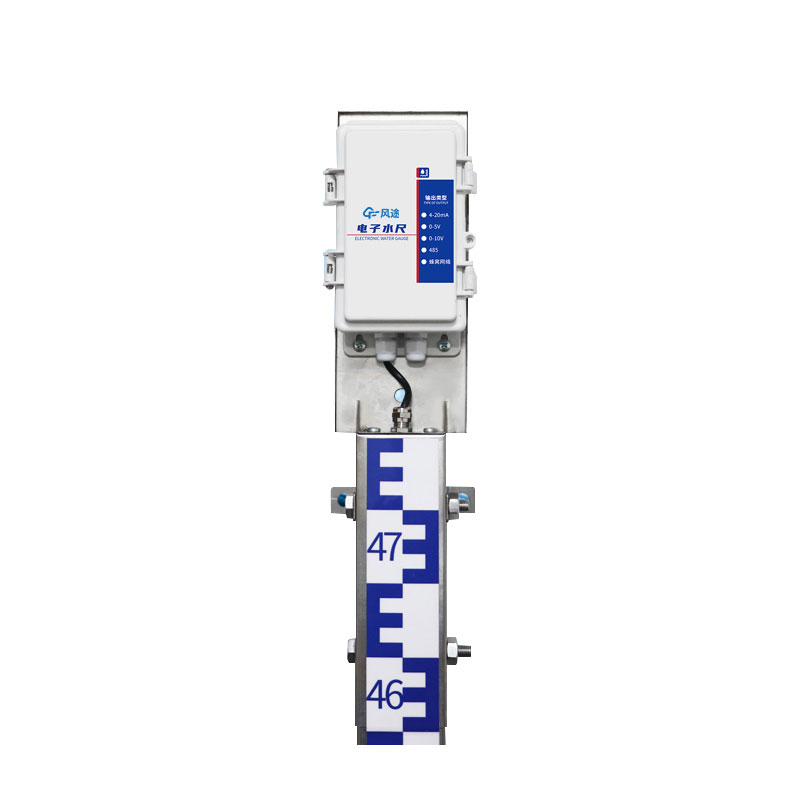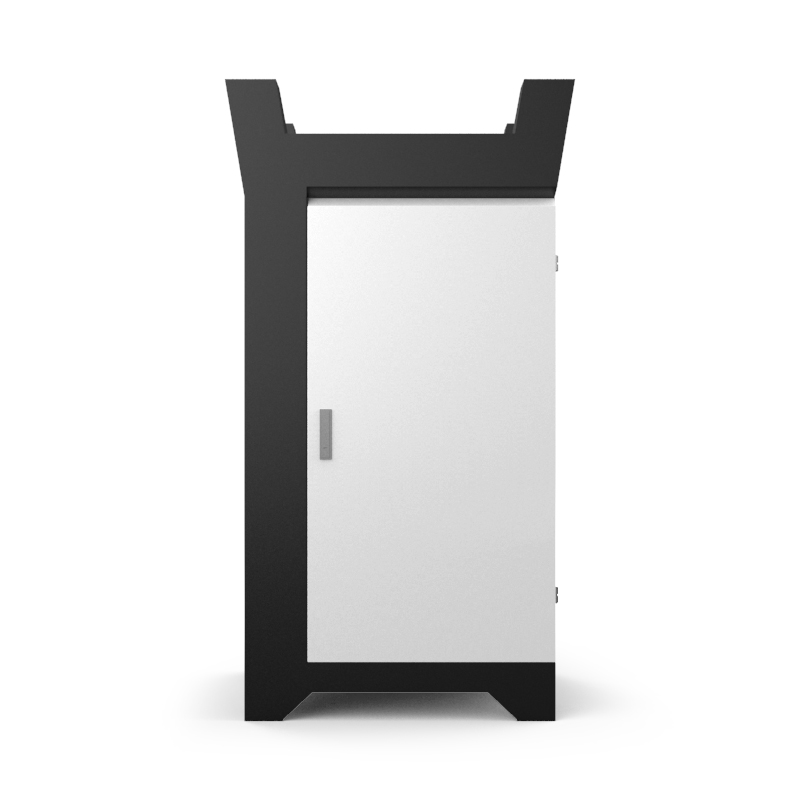As a flood-prone country, China attaches great importance to flood prevention to ensure that flood control decisions are scientific and timely. In order to achieve this goal, we need to continuously and accurately monitor the water levels of rivers, lakes, reservoirs and other water bodies in order to collect a large amount of reliable data and information. This requires the installation of water level and rainfall monitoring equipment near the waters. So what types of these devices are available? How to choose it? Next, I will introduce it in detail.
1. Water level monitoring equipment
Measurement of water level equipment there are many, according to different principles can be divided into radar water level meter, ultrasonic water level meter, electronic water ruler, pressure type water level meter, float type water level meter.
Radar water level meter uses the principle of radar wave reflection, which is suitable for long-distance and wide-range water level monitoring, and is almost unaffected by water quality;
Ultrasonic water level gauges measure water level by transmitting ultrasonic waves and receiving the return waves, and are suitable for clear or mildly polluted waters;
Electronic water level gauges, on the other hand, are contact measuring devices that are mounted in a fixed position and are suitable for monitoring changes in water level at specific points;
Float-type water level gauges use the principle that floats rise and fall with the water level to measure the water level, which is simple and reliable, and is suitable for natural bodies of water such as rivers and lakes;
Pressure-type water level gauges determine the water level by measuring the underwater pressure and are suitable for deep water areas or underwater environments.
2. Rainfall monitoring equipment
The equipment for measuring rainfall mainly includes radar rain gauge, photoelectric rain gauge, piezoelectric rain gauge, tipping bucket rain gauge, weighing type rain gauge and so on.
The radar rain gauge measures the size and speed of precipitation particles by transmitting and receiving radar waves, which is suitable for monitoring rainfall over a large area and can provide real-time information on rainfall intensity and distribution;
Photoelectric rain gauges use photoelectric sensors to detect changes in light signals as raindrops pass through, and are suitable for accurate rainfall measurement, and are insensitive to the size and shape of raindrops;
Piezoelectric rain gauges are based on the piezoelectric effect, where raindrops fall on piezoelectric material to produce a voltage change, thus calculating the amount of rainfall, and are suitable for occasions where high sensitivity and fast response are required;
The tipping bucket rain gauge collects raindrops by means of a tipping bucket structure, flips over each time a certain amount is reached, and records the number of flips to calculate the amount of rain, which is a classic contact rain measurement method;
Weighing rain gauge to determine the amount of rainfall by measuring the weight of rainwater in the container, suitable for occasions requiring high precision measurement, but may be affected by evaporation and other factors.
The above is the current mainstream water level, rainfall monitoring equipment, which together constitute the current hydrological monitoring of the main technical means, in hydrological monitoring and water resources management plays an important role.

This paper addresses:https://fengtusz.com/industry/318.html









